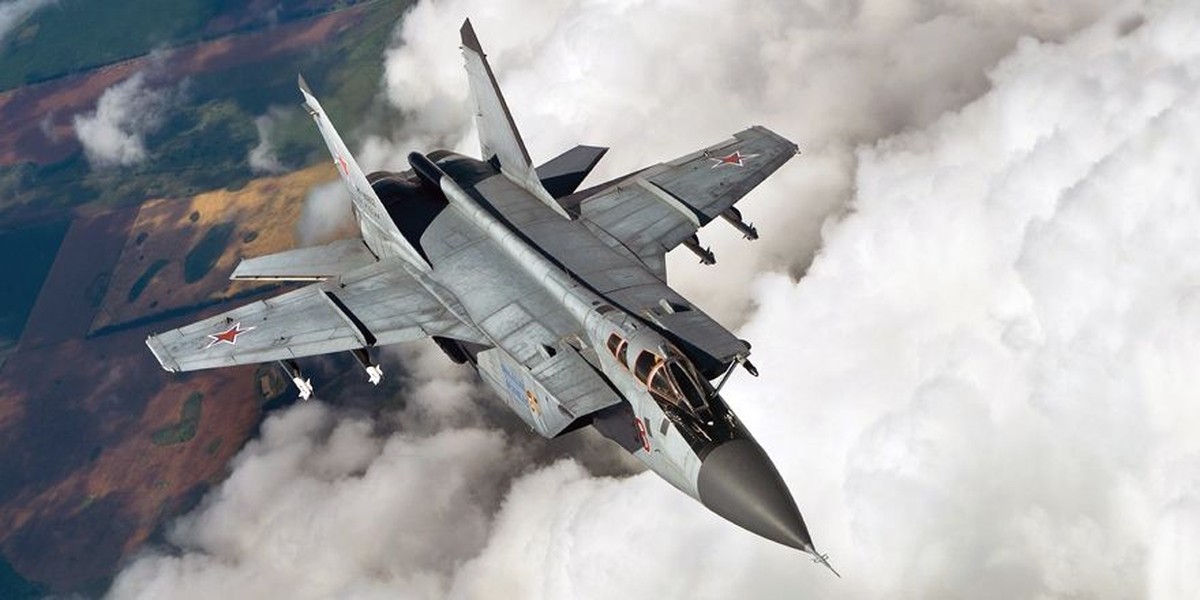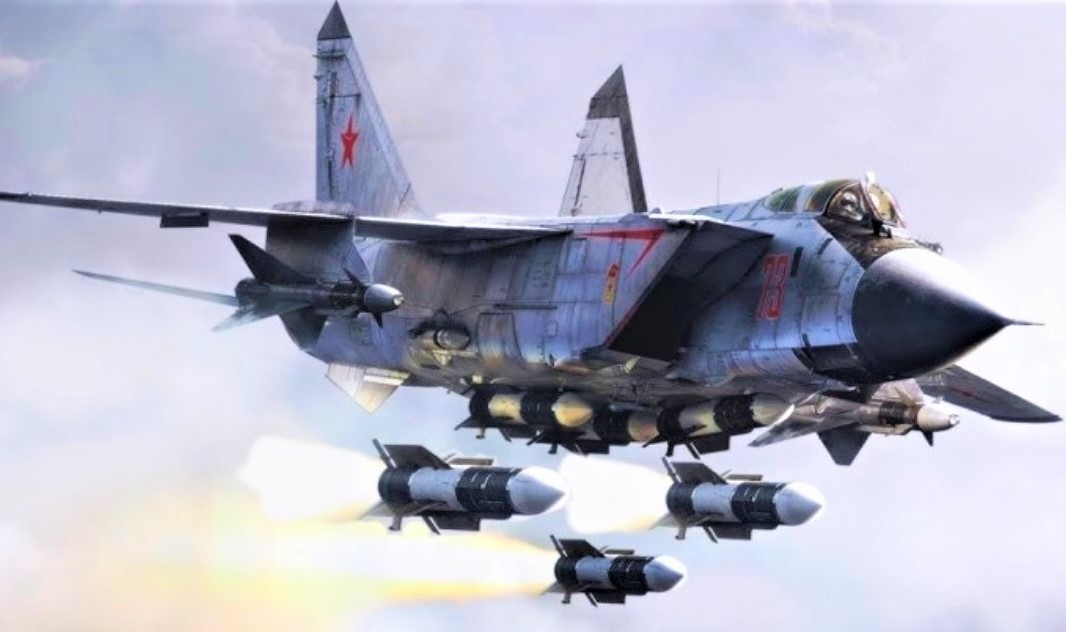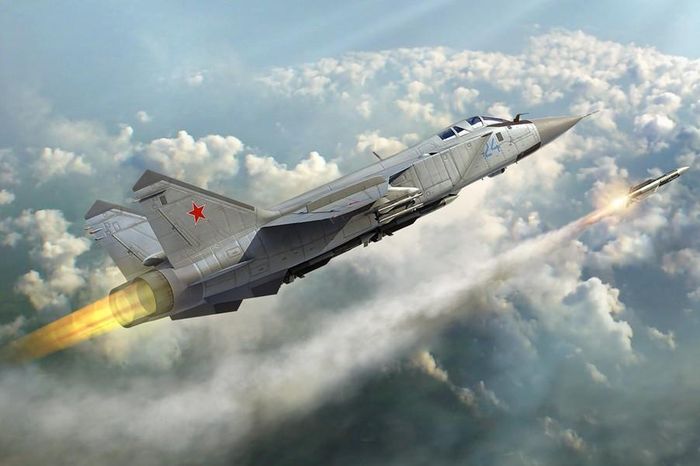In the realm of aerospace engineering, few aircraft have achieved the legendary status of the MiG-31. Designed to be a high-speed interceptor, this formidable jet is not just a plane; it’s a symbol of Russia’s commitment to air superiority and a testament to Cold War-era engineering prowess.

Unveiled in the early 1970s, the MiG-31—often referred to by its NATO reporting name, “Foxhound”—was built to meet a specific strategic need: countering the growing threat of high-speed bombers and reconnaissance aircraft. With its sleek, aerodynamic design and powerful engines, the MiG-31 quickly became known for its extraordinary speed and high-altitude performance, setting a benchmark for interceptors worldwide.
One of the most impressive features of the MiG-31 is its top speed. Capable of reaching speeds over Mach 2.8, the Foxhound can fly faster than many modern aircraft, making it a swift and lethal adversary in the sky. Its powerful engines, the Tumansky RD-30s, allow it to soar at altitudes of up to 20,000 meters (65,000 feet), well above the reach of most surface-to-air missiles and enemy fighters.

The MiG-31 is also equipped with cutting-edge technology for its time, including an advanced radar system known as the Zaslon. This radar can detect and track multiple targets simultaneously, even at long ranges, which is crucial for intercepting fast-moving threats. The Foxhound’s armament includes a variety of air-to-air missiles, such as the R-33 and R-37, designed to engage enemy aircraft at distances that other interceptors can’t match.
Despite its formidable capabilities, the MiG-31 is not just a relic of the past. The aircraft has undergone several upgrades and modernizations, keeping it relevant in today’s fast-evolving air combat environment. The MiG-31BM, for example, features enhanced avionics and improved weapon systems, ensuring that it remains a vital component of Russia’s air defense strategy.

Moreover, the MiG-31’s role extends beyond simple interception. It has been adapted for various missions, including reconnaissance and electronic warfare. Its versatility and robust design have earned it a reputation as one of the most reliable aircraft in the Russian Air Force, capable of fulfilling a range of operational requirements.
In an era where many countries are investing in stealth and fifth-generation fighters, the MiG-31 stands as a reminder of the importance of speed and firepower in aerial combat. Its continued service and modernization reflect a unique blend of historical significance and ongoing relevance, showcasing how a classic design can still meet modern threats.

As the MiG-31 continues to soar through the skies, it embodies the legacy of Cold War aviation technology while adapting to the demands of contemporary military strategies. For aviation enthusiasts and military strategists alike, the MiG-31 remains a compelling example of engineering excellence and a symbol of Russia’s enduring prowess in the air.





